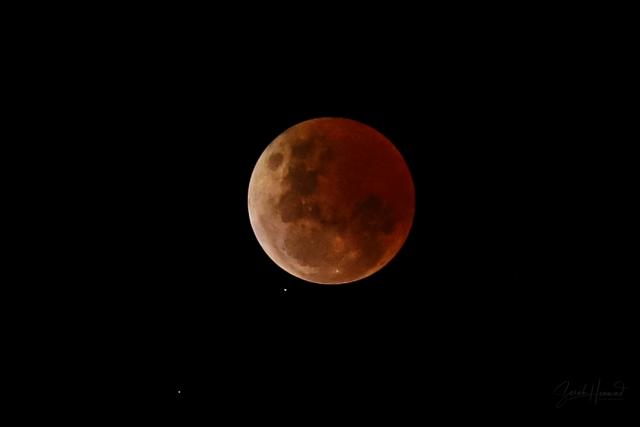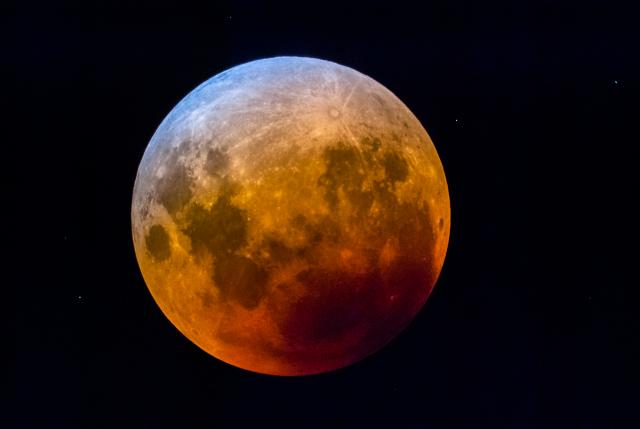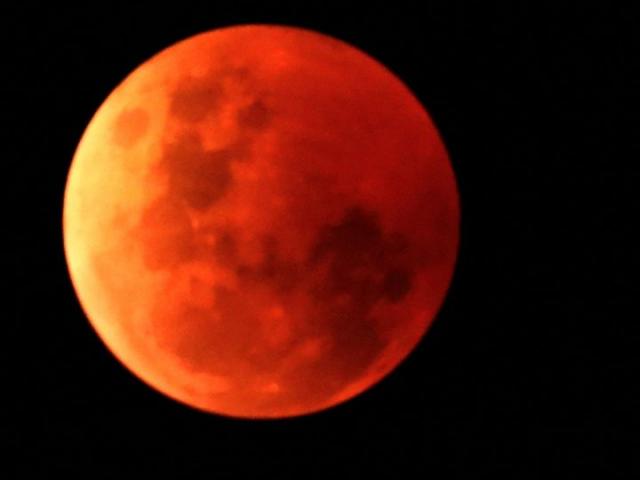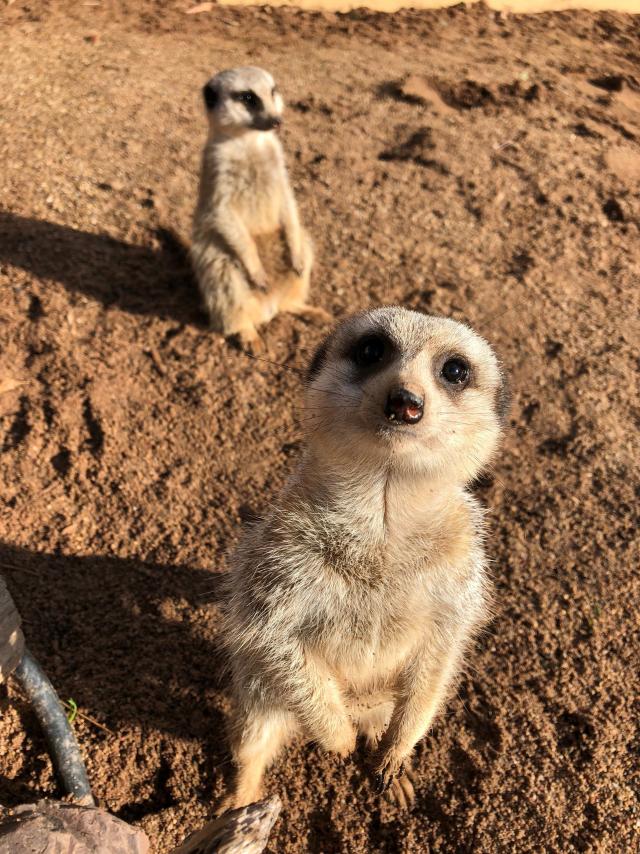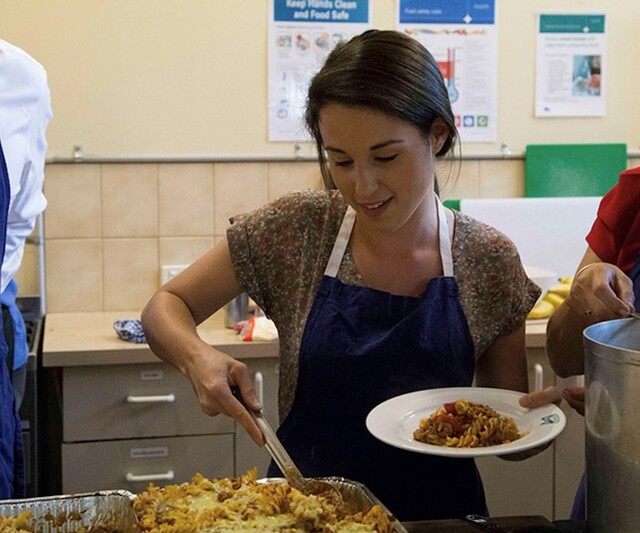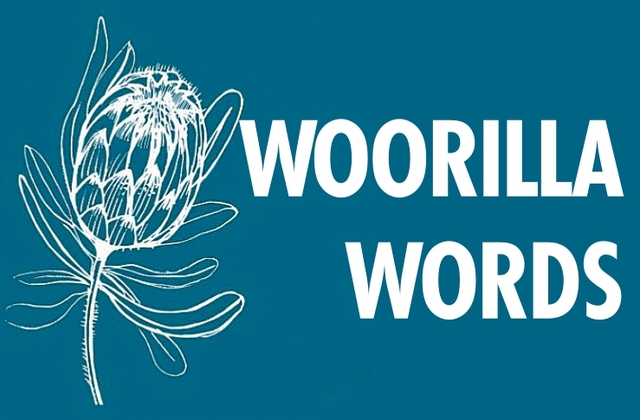Yarra Ranges locals took out their cameras to capture a blood moon in the sky in early November, as the moon entered its last total blood eclipse until 2025.
Mount Burnett Observatory Society committee member Jacquie Milner said while there is an eclipse season every five months, we do not always get to experience a total lunar eclipse where the earth, moon and sun align, with the only light reaching the moon’s surface passing first through Earth’s atmosphere.
“There was a total lunar eclipse back in May, but Australia was on the wrong side of the world to see it, and there won’t be another one for another three years as it turns out, so we’re making an effort to see this one” Ms Milner said.
“It’s not that we won’t see any lunar eclipses ever again, it’s just a bit of a break in between seeing a total one; and that’s where we get the nice colour as it passes through the full shadow of the earth.”
Some Yarra Ranges residents were able to enjoy the total lunar eclipse, also known as the blood eclipse due to its hue, from around 9.15pm to 10.40pm, when the moon was fully shadowed (also known as umbra).
However Ms Milner said umbra would be low in the sky for people watching from the north east horizon.
Ms Milner said statistics show there are more solar eclipses compared to lunar events, but we are more likely to see a lunar eclipse in our lifetime because it covers more of the earth.
“With a solar eclipse, you have to be in a very specific spot to see it, and we will get see a partial solar eclipse next April (on April 20th), as a total eclipse goes over the Northwest Cape in Western Australia, we get on the edge of that, so there’ll be a lot of fuss about that next April,” she said.

